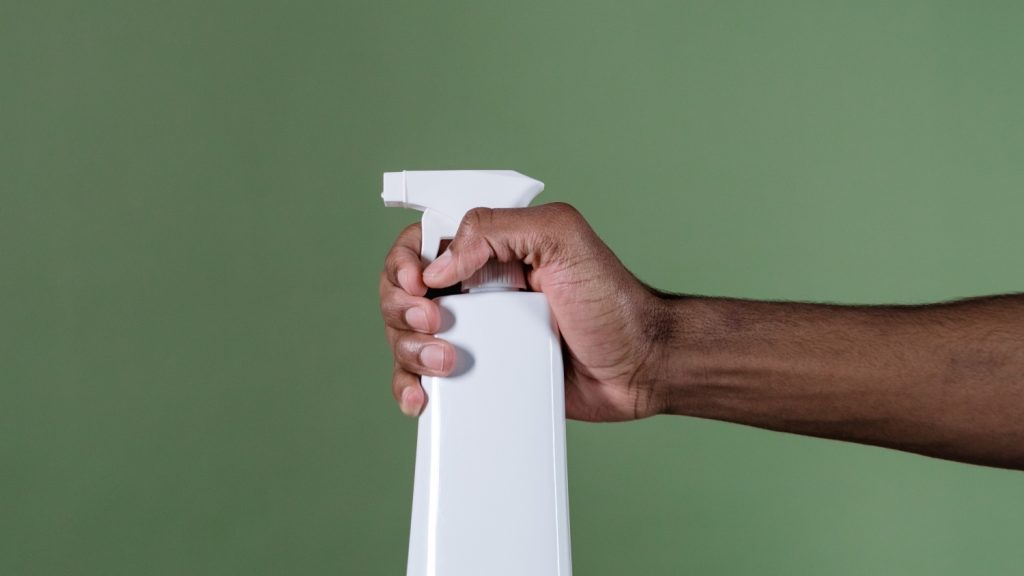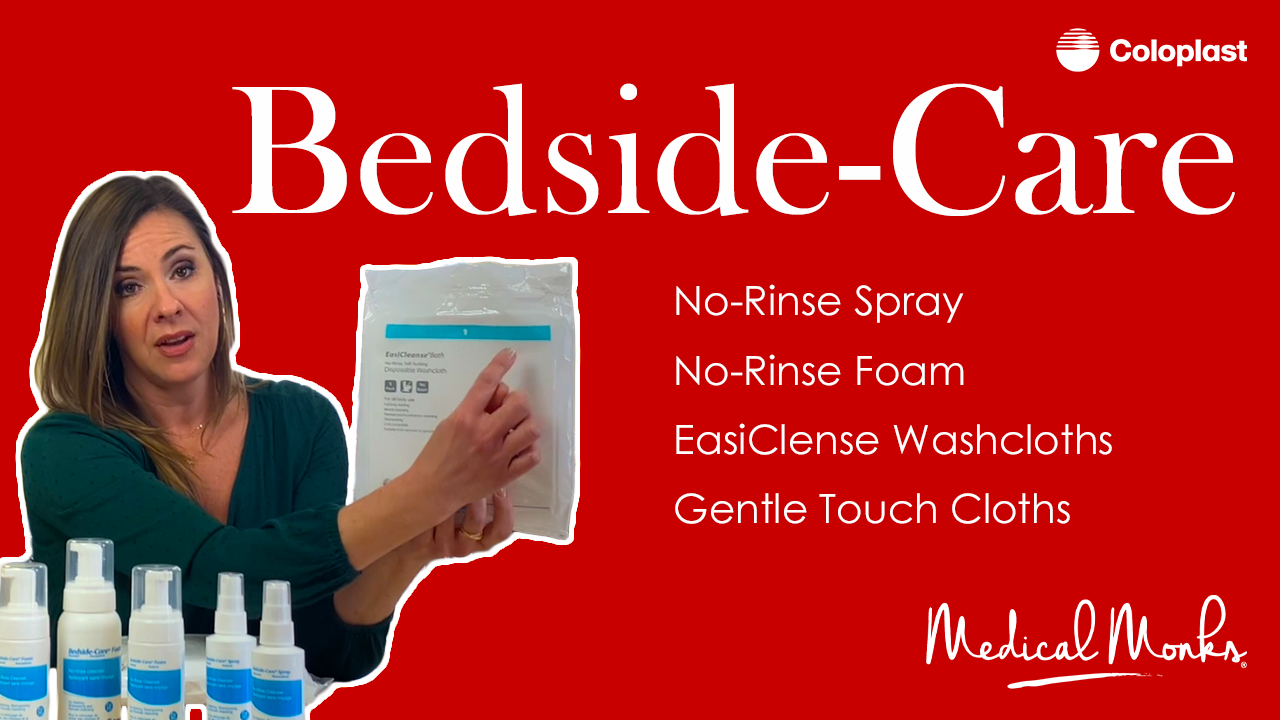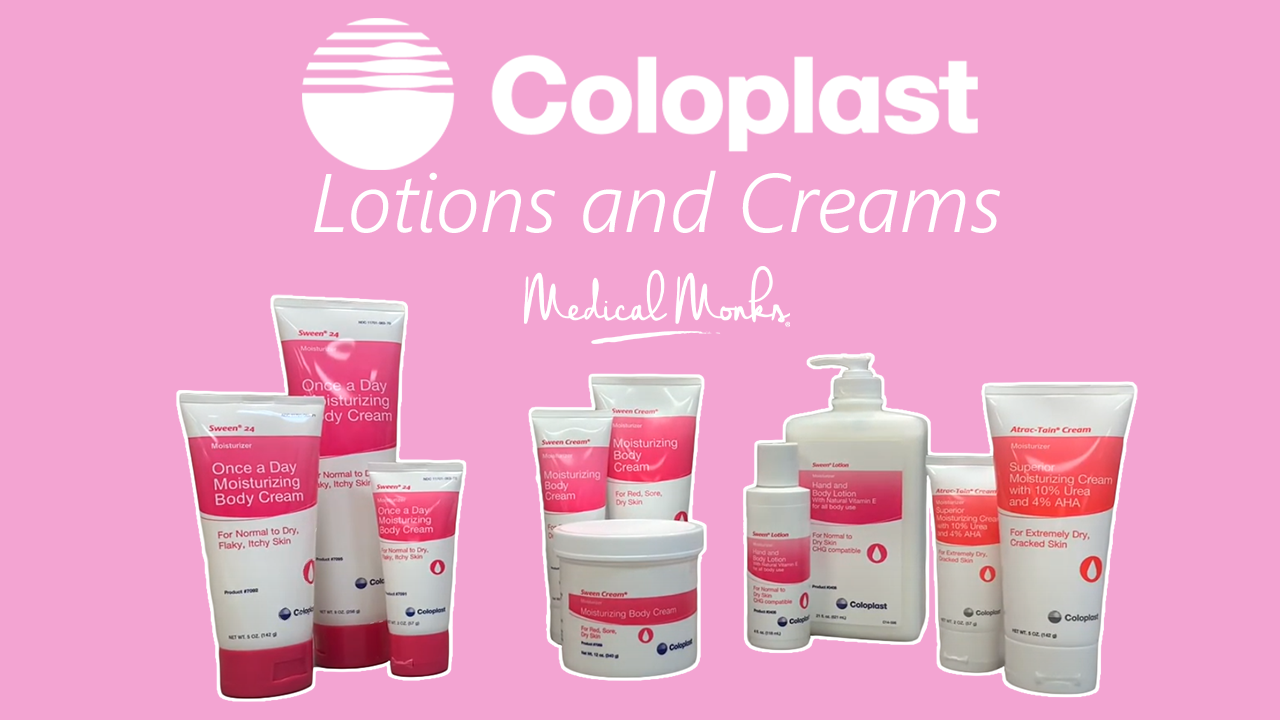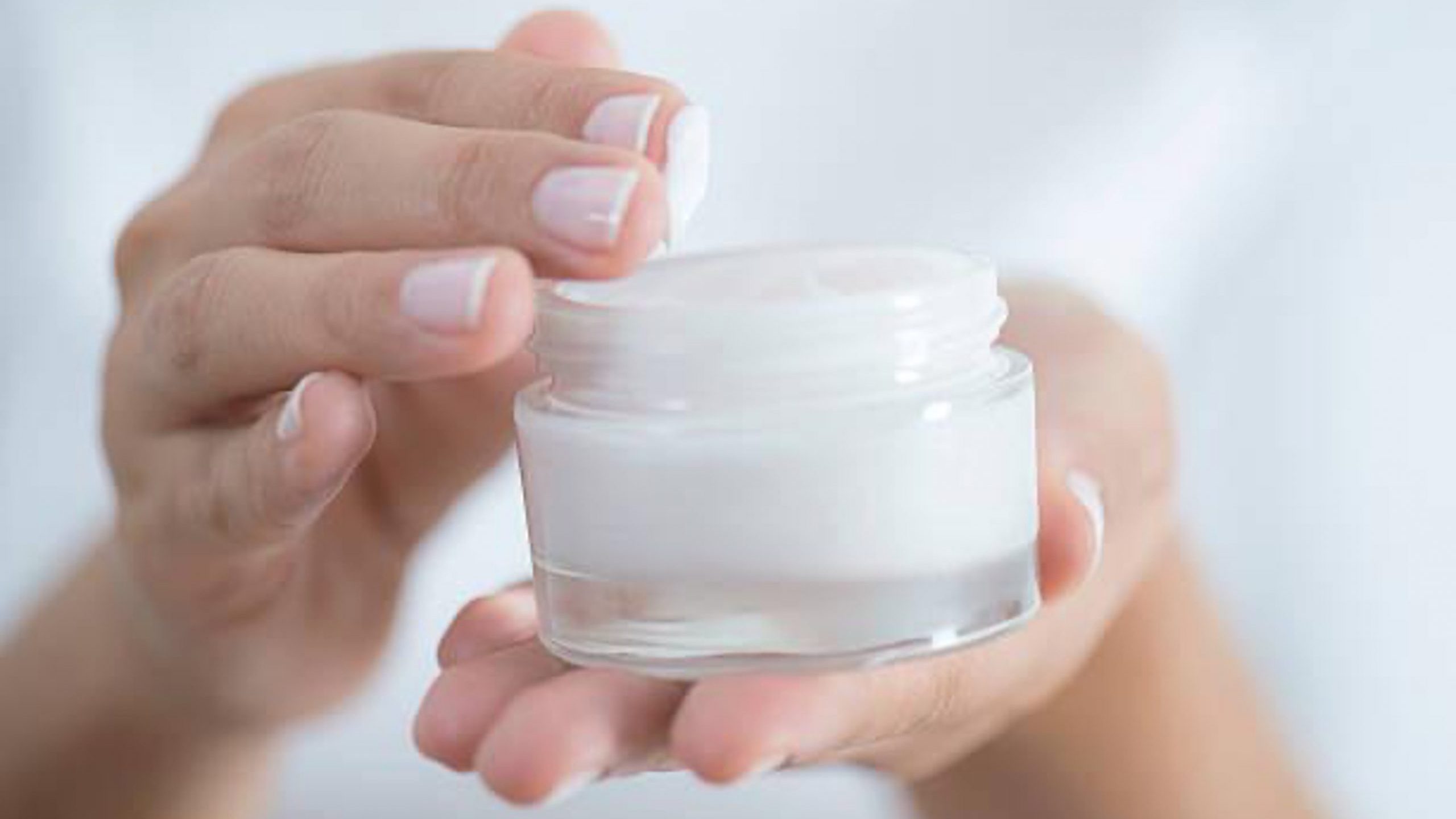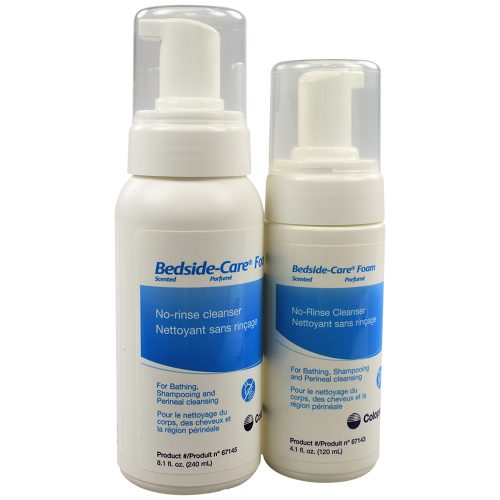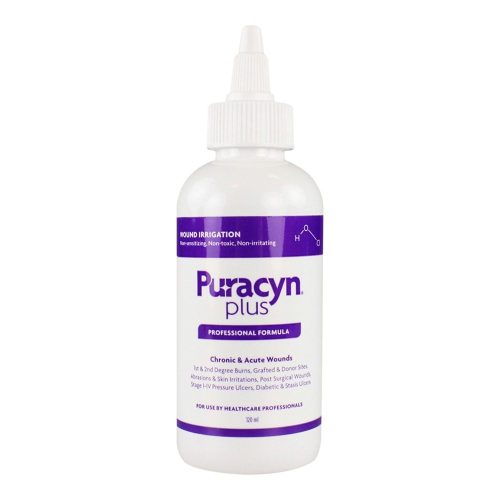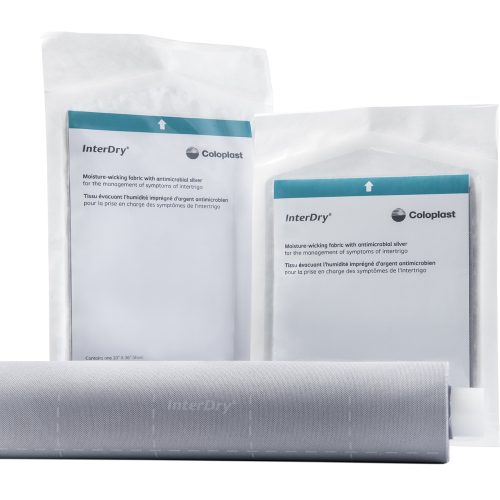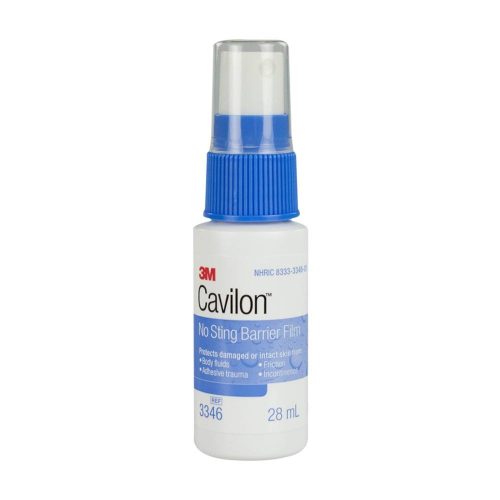Medical adhesives play a key role in patient care. They can be found in any product that adheres to the skin, from ostomy barriers to medical tapes to tube securement devices. Yet removing them has the potential to damage skin, resulting in irritation, erosion or even medical adhesive-related skin injury (MARSI). Medical adhesive remover in the form of a spray, wipe or pad is essential to avoiding these pitfalls. Learn more about how medical-grade adhesive remover is used in the following contexts.
With Ostomy Appliances
In this era of advancements in medical technology, ostomy manufacturers are developing ever stronger adhesives to keep barriers secure. Additionally, factors from leaking output to skin folds can sometimes affect adhesion, making accessories like barrier rings or strips necessary.
All of these products are designed to strongly adhere to the skin. So what happens when it’s time to change? If not done properly, the removal of an ostomy system can cause just as much, if not more, damage to the skin as output leakage. Medical adhesive remover aids this process by:
- Breaking down the adhesive’s hold.
- Removing the residue the adhesive leaves on the skin.
- Reducing the need to tear or pull the barrier off, which can result in irritation and additional skin damage.
For ostomy barriers, skin adhesive removers typically come in the form of sprays and wipes. Adhesive remover spray should be applied along the edge of the barrier as the wearer gradually peels the appliance. Wipes can be used in a similar way, but are also often applied after removal to dissolve any lingering residue.
After using a medical-grade adhesive remover, patients should allow their skin to dry completely before applying a new barrier and pouch.
For Wound Care
Most wound care products require adhesive in some way. Problems can arise when tape or self-adhesive dressings are removed. This can disturb the wound bed or damage fragile skin, interrupting the healing process. Patients, as a result, can develop MARSI, which can take the form of blisters, bleeding or stripped skin.
These removers are formulated specifically to dissolve adhesive, including for rubber, acrylic, silicone and hydrocolloid materials. They can be used to detach tapes, self-adherent dressings and any bandage or guard intended to stick to a patient’s skin. These solutions help reduce risks of skin tears, trauma and infection, and help loosen tape and other adhesive-reliant products to lessen patient pain.
For Urology
Tube securement products are commonly used by patients wearing urinary devices for extended periods, such as foley or external catheters. Securement devices hold the catheter in place to prevent it from falling off or moving during wear. Just as with ostomy appliances, irritation and erosion can result from repeated replacement of these devices.
Skin adhesive removers can be used in this context to help dissolve any substance designed to hold a catheter or fixation device in place. This reduces risks of irritation, as well as adhesive-related trauma, eliminates having to scrub this area with soap and water, and gets rid of any residue that could compromise adhesion the next time you secure your catheter.
Sources:
https://www.exmed.net/ostomy-supplies-adhesives-and-removers
https://www.veganostomy.ca/guide-to-ostomy-adhesive-removers/
https://www.woundsource.com/product-category/skin-care/adhesive-removers
https://www.myamericannurse.com/adhesive-removal/
https://www.shopcatheters.com/c-external-catheter-accessories.html
https://www.exmed.net/medical-adhesives-removers
